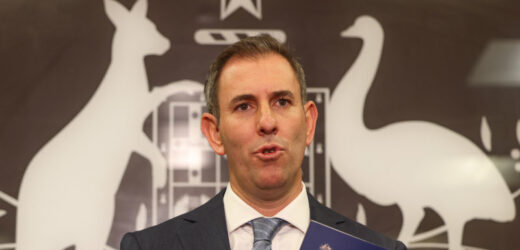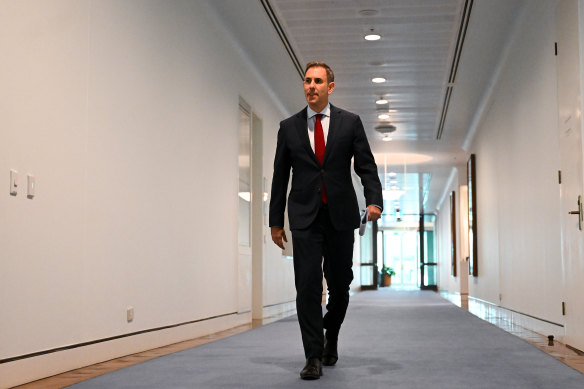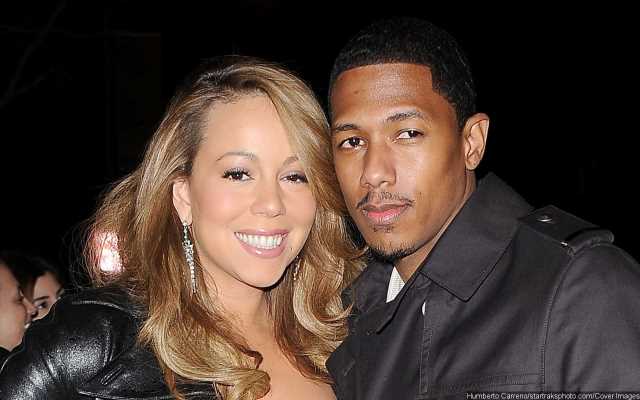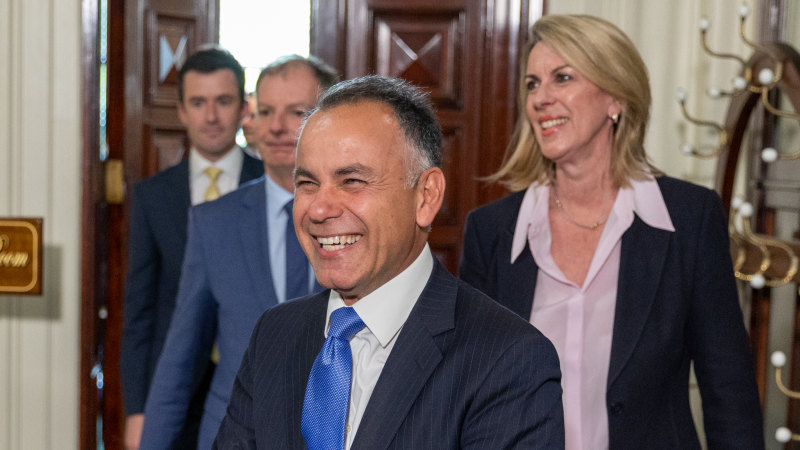Save articles for later
Add articles to your saved list and come back to them any time.
Treasurer Jim Chalmers will be walking a fiscal tightrope when he hands down his second budget in a little over a week.
In that highwire act, he has to balance helping low-income households in particular with major cost of living pressures on one side, while also keeping government spending from blowing out and worsening the long-term structural position on the other.
Treasurer Jim Chalmers has a tricky line to walk with his budget on May 9.Credit: AAP
Two groups set up by the government – the Economic Inclusion Advisory Committee, and the Women’s Economic Equality Taskforce – have urged it to do more to help struggling households, including through raising the rate of JobSeeker payments, increasing the Commonwealth Rent Assistance subsidy, and reinstating the single parenting payment for women with children over the age of eight.
There has been furious negotiation about the latter. Cabinet decided to raise the cut-off age for the youngest child to 12, but advocates have continued to push for a higher age to keep those single parents, mostly mums, on the higher payment for longer.
Independent Zoe Daniel asked the independent Parliamentary Budget Office how much it would cost the government: about $640 million over the next three years to cover parents for an additional four years until their youngest reached 12, or $1.1 billion until their child reached 16.
That policy costs peanuts when compared with the $24 billion over four years that would be required to lift the rate of JobSeeker (currently $693.10 a fortnight for a single, childless person) to 90 per cent of the age pension. Chalmers ruled out an increase of that size, but government backbenchers have added their voices to calls for an increase to the JobSeeker payment.
These decisions are particularly tricky, given who elected the government. Of the cabinet ministers, Chalmers’ electorate of Rankin in southern Brisbane has the second-highest rate of children with parents on support payments, behind Education Minister Jason Clare’s electorate of Blaxland in western Sydney, according to an analysis of Department of Social Services data by Anti Poverty Week.
But the Treasurer and his cabinet colleagues have been laying the groundwork for a budget without major new spending announcements for weeks now. “Responsible and sustainable” has been the Treasurer’s regular catch-cry.
That’s because the budget is in trouble – though not as much trouble as the government thought just a few months ago.
The government is actually going to get a decent boost to its budget bottom line from improved tax take – to the tune of more than $200 billion extra over the four years to 2025-26 than it expected in the October budget, according to independent economist Chris Richardson, thanks to factors such as higher commodity prices.
The latest budget figures show the federal budget deficit for the financial quarter to March was more than $30 billion smaller than forecast in the October budget, thanks to ballooning tax takes from workers and businesses.
This is good news for the government because their strategy is to use any improvement in tax receipts – that is, additional income the government gets thanks to higher-than-expected takings from taxes – to help repair the budget, by using this to pay off debt.
The government needs to reduce the budget deficit. If it’s not brought down, the government or future governments will have little room to deal with unexpected shocks, such as another global health crisis.
Richardson points out, however, that government decisions have also added to the deficit since the October budget. Some of that is to do with the fact that it has had to find money for programs that were facing a funding cliff, including for the National Gallery.
The higher commodity prices that are helping to buoy the tax take are also not going to last forever.
“That will be when the true test of the quality of policymaking [comes],” Richardson said.
This is often when you hear economists start to talk about addressing the “structural budget deficit”. That requires looking at the underlying state of the budget, how much the government is spending on particular programs, what plans or rules there are to keep that spending under control, and importantly, where the money is coming from.
Currently, the government is relying heavily on income tax receipts and those commodity prices. Reducing the structural deficit would be easier with a major tax overhaul – something the government has categorically ruled out at this stage.
Treasurer Jim Chalmers has been urged to increase welfare payments such as JobSeeker and rent assistance.Credit: Janie Barrett
Failing that, there are some recommendations the government can act on without spending a truckload.
According to the Women’s Economic Equality Taskforce’s letter, that includes removing the activity test for childcare, and abolishing the Parents Next program for young parents.
A lift to the rate of Commonwealth Rent Assistance (currently $157.20 a fortnight for a single person, or $148 for a couple) is another way the government could provide targeted assistance to low-income households, without the price tag of a major hike to JobSeeker.
Between now and next Tuesday, the government will reveal some of their budget decisions. Don’t hold your breath for major new spending to help those most in need, but expect to see several of these other tweaks that the Treasurer will be hoping are enough to get him to the other side of the highwire.
The Business Briefing newsletter delivers major stories, exclusive coverage and expert opinion. Sign up to get it every weekday morning.
Most Viewed in Politics
From our partners
Source: Read Full Article




